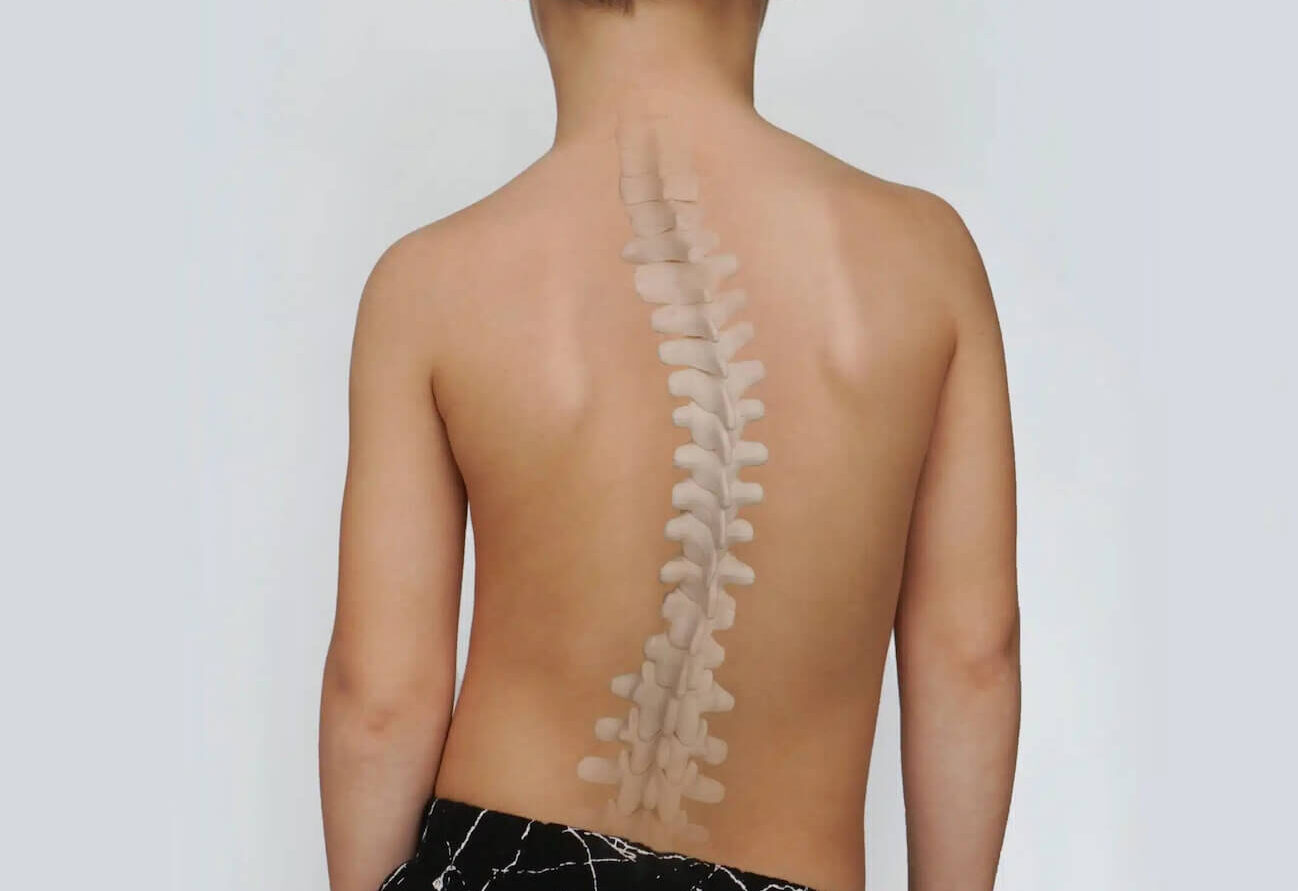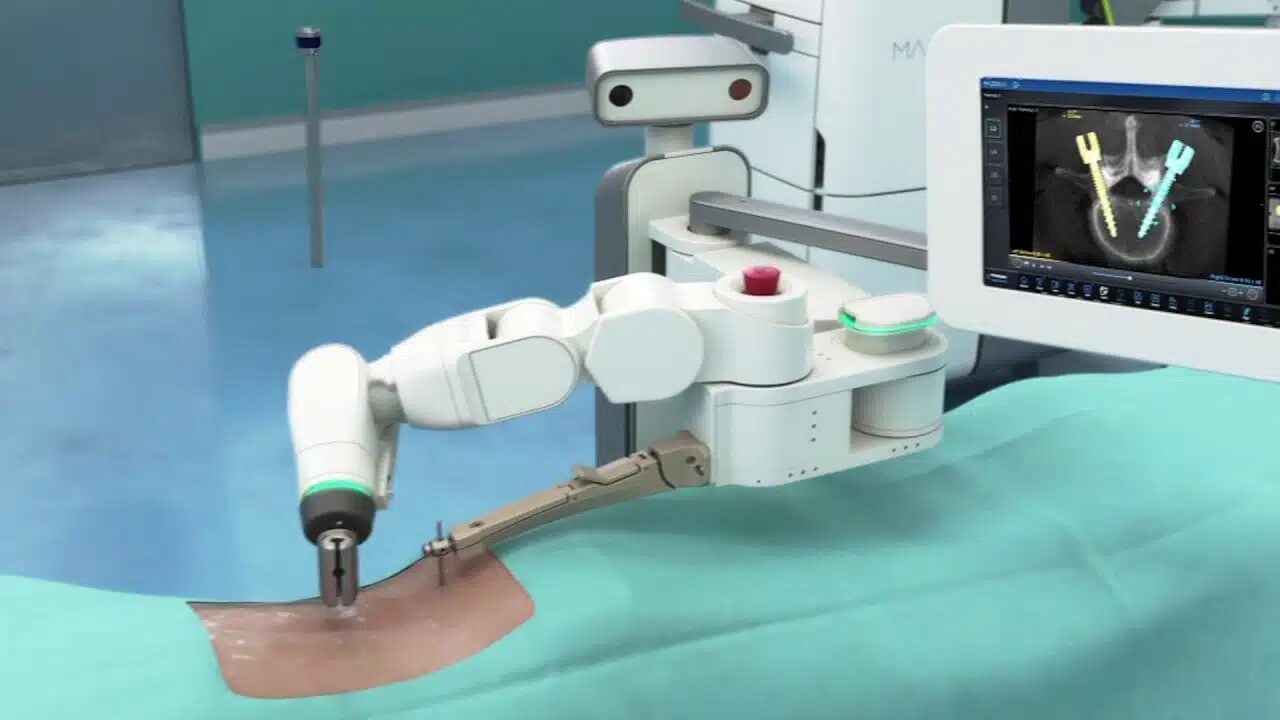- About Us
- Procedures
- Conditions Treated
- Patient Resources
- Blog
- Contact Us

Anterolisthesis is a spinal condition characterized by the forward displacement of one vertebra over another. It is a type of spondylolisthesis, which is the general term for vertebral displacement. The severity of this condition is classified into different grades, which help healthcare professionals understand the extent of the displacement and guide treatment decisions.
Grade 1 anterolisthesis is the mildest form of the condition, where the affected vertebra has slipped forward by less than 25% of its width relative to the adjacent vertebra. This grade often remains asymptomatic and may only be incidentally detected during imaging studies conducted for other purposes. Conservative treatment approaches, such as physical therapy and pain management, are typically the first line of action for managing Grade 1 anterolisthesis.
In Grade 2 anterolisthesis, the forward displacement of the vertebra is between 25% to 49% of its width. This grade may cause mild to moderate symptoms, such as lower back pain and potential thecal sac and nerve compression. Treatment options may include a combination of conservative approaches, including pain medications, physical therapy, and bracing, depending on the severity of symptoms and the patient’s overall health.
Grade 3 anterolisthesis involves a forward slip of 50% to 74% of the affected vertebra’s width. At this stage, symptoms often become more pronounced and may include persistent lower back pain, numbness, weakness, and compromised mobility. Conservative treatments may still be considered, but surgical intervention with a fusion surgery may be recommended if symptoms worsen or neurological complications develop.
Grade 4 anterolisthesis signifies a severe slip, where the affected vertebra has moved forward by 75% to 99% of its width. Patients with Grade 4 anterolisthesis may experience debilitating pain, neurological deficits, and loss of motor function. Surgical intervention is often the primary treatment option to stabilize the spine, decompress nerves, and prevent further deterioration.
In spondyloptosis, the affected vertebra completely slips off and becomes dislocated from the vertebra below, resulting in a complete forward displacement. It is considered the most severe form of spondylolisthesis.
The grades of anterolisthesis are determined through various imaging modalities, such as X-rays, CT scans, and MRI. These diagnostic tools enable healthcare professionals to measure the extent of the vertebral displacement accurately. Additionally, they help identify any associated spinal abnormalities, such as spinal stenosis, herniated discs, or degenerative changes, which may influence the treatment approach.
You can see examples of imaging demonstrating anterolisthesis at radiopaedia.org
Understanding the different grades of anterolisthesis is crucial for accurate diagnosis and appropriate treatment planning. Grade 1 and 2 may often respond well to conservative treatments, while Grade 3 and above may require surgical intervention to address the underlying spinal instability and relieve nerve compression. Early detection and proper management can significantly improve the quality of life for individuals affected by anterolisthesis. Patients with suspected anterolisthesis should seek evaluation from a qualified healthcare professional for a thorough assessment and personalized treatment plan.





